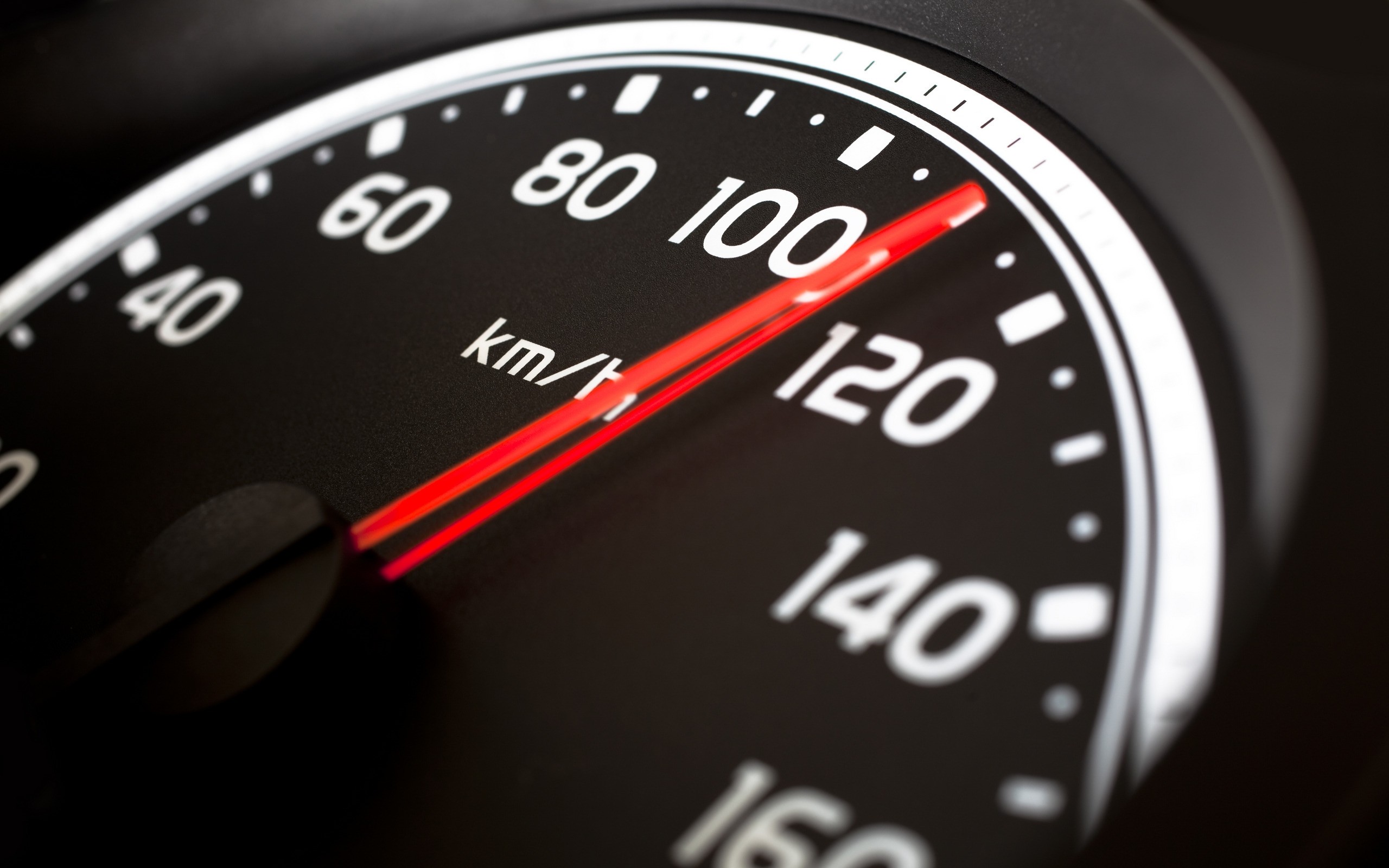The speedometer mounted on your car reliably measures your vehicle’s real-time speed. Nowadays, many speedometers are electronic, in designs derived from earlier eddy-current models. While the conventional mechanical speedometers use gears and wires to determine speed, most modern vehicles use speed sensors in the electronic speedometers.
An electronic speedometer measures vehicle speed with the help of a speedometer sensor. In designs derived from earlier eddy-current models, a rotation sensor mounted in the transmission delivers a series of electronic pulses whose frequency corresponds to the (average) rotational speed of the driveshaft, and therefore the vehicle’s speed, assuming the wheels have full traction. The sensor is typically a set of one or more magnets mounted on the output shaft or (in transaxles) differential crownwheel, or a toothed metal disk positioned between a magnet and a magnetic field sensor. As the part in question turns, the magnets or teeth pass beneath the sensor, each time producing a pulse in the sensor as they affect the strength of the magnetic field it is measuring. Alternatively, in more recent designs, some manufactures rely on pulses coming from the ABS wheel sensors. A computer converts the pulses to a speed and displays this speed on an electronically controlled, analog-style needle or a digital display. Electronic speedometers are more reliable and compact than mechanical ones and the motion sensors can be any distance from the display that shows you your speed, so they are suitable for any kind of vehicle from a bicycle to large commercial vehicles.
To illustrate the calibration of car electronic speedometers, we’ll take the VDO speedometer with LCD Display for an instance. The procedure is a relatively simple procedure, and can be accomplished in three ways- automatic calibration, manual calibration or the pulse-per-mile calibration and fine tuning. The display lists the auto-calibrate mode as “AutOCL”; the pulse-per-mile mode as “PuLSE”; and the reference/fine-tune mode as “AdJuST”. You gain access to these calibration functions by pressing the button on the front of the speedometer and holding it in while you turn on the ignition. When you see the method you wish to use, let go of the button and that function will be enabled. Among the three methods, auto-calibration is the simplest. But this method has its own confining conditions. It can be used successfully only either on a road with the distance of one mile actually designated by markers or on a dynamometer. If you know the exact calibration value for the vehicle and type of sensor you are using (pulse-per-mile or kilometer-per-mile), you may choose the second method to manually calibrate the speedometer. With the third method, you can fine-tune the calibration of the speedometer’s analog display by using speed test equipment and the “AdJuSt” function on the LCD readout. However, this method also requires your vehicle to be at a specified speed on the dynamometer. Although will deliver the most precise readings, most people won’t choose this method as we won’t have access to this equipment and the variance in accuracy from the other methods will not be significantly different enough to warrant the cost of doing this additional step.

Is the speedometer reliable in telling me my vehicle’s real-time speed
by
Tags:
